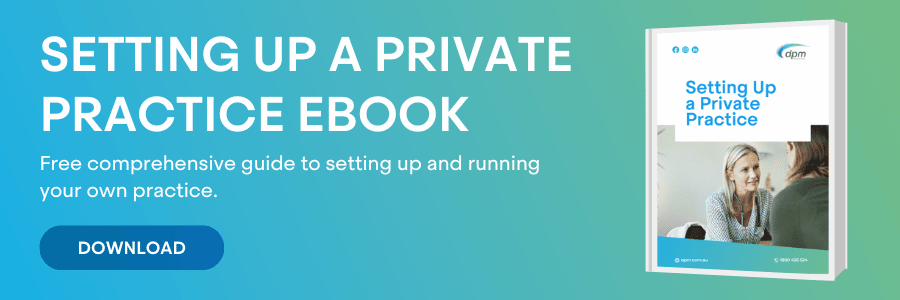Dr Jane is a cardiologist in private practice working as a sole-trader under her professional ABN. She is registered for GST and completes her quarterly Business Activity Statements (BAS).
A separate service entity runs the clinic rooms including employing staff, paying rent for the premises and providing the clinic fit out and equipment, with the rooms also used by another 2 cardiologists who do not have equity in the clinic.
Dr Jane, as well as the other cardiologists, pay a service fee to the service entity for the use of the clinic’s resources including consulting rooms, reception staff, IT systems, billing and administration services.
This all seems straightforward then…
Knock knock. Who’s there? It’s the ATO! (and it’s no joke)
Straightforward maybe, but what do they need to be wary of if the ATO starts snooping?
The ATO’s points of interest: understanding the risk of audit activity for doctors
A specialist private practitioner in the same situation as Dr Jane, will need to consider if the following is correct:
- reporting of income related to private patient fees collected for consultations and report readings;
- claim of business-related expenses and review for any non-deductible items e.g. conference expenses;
- collection and declaration of GST on income such as reporting and medical surveys; and
- remittance of GST paid on expenses per the tax invoices or receipts.
An external service entity, will also have some factors to consider, which includes:
- commerciality of service fee being charged and collected by the service entity;
- existence of formal agreements relating to commercial arrangements e.g. service fee agreements, leases;
- correct reporting of employee payroll and superannuation relative to what is actually payable using Single Touch Payroll system; and
- correct payment of super at the Superannuation Guarantee rate by the required timeframe.
As a private practitioner, how likely are you to get audited?
Audit activity can range from simple questionnaires to providing justification for claiming an expense in a particular year, through to full-scale audits on a number of years where the ATO believes incorrect or misleading information has been provided.
The ATO will benchmark taxpayers with the same occupation code. If deductions claims are high relative to other returns with the same occupation code, the ATO may seek further clarification. This is also the case if income seems to be quite low and the ATO suspects under-reporting of earnings – particularly where there is business activity.
Common tax deductions for doctors turned red flag for the ATO
Medical practitioners typically have higher work related deductions compared with the average professional or business owner. Doctors undergoing college training can typically have $50,000 – $20,000 per year in work-related and self-education deduction claims. These include:
- professional subscriptions and registration fees;
- medical indemnity insurance;
- college training and exam fees;
- conference registrations and travel costs;
- CPD, journals and reference books;
- medical equipment; and
- Post graduate courses.
If total deduction amounts are a high proportion of income, there is increased likelihood of the income tax return being flagged for investigation. Claiming costs for undertaking further qualifications may create a “spike” in deduction claims in certain years and these may increase the risk of audit activity.
If you have any questions or concerns regarding your risk of audit, you can get in touch with one of our specialist tax advisers on 1800 376 376, or you can book a no-obligation free initial consultation.

Disclaimer: This article contains general information only and does not consider your personal objectives, financial situation or needs. You should assess whether the information contained in this communication is appropriate in relation to your own objectives, financial situation or needs.

